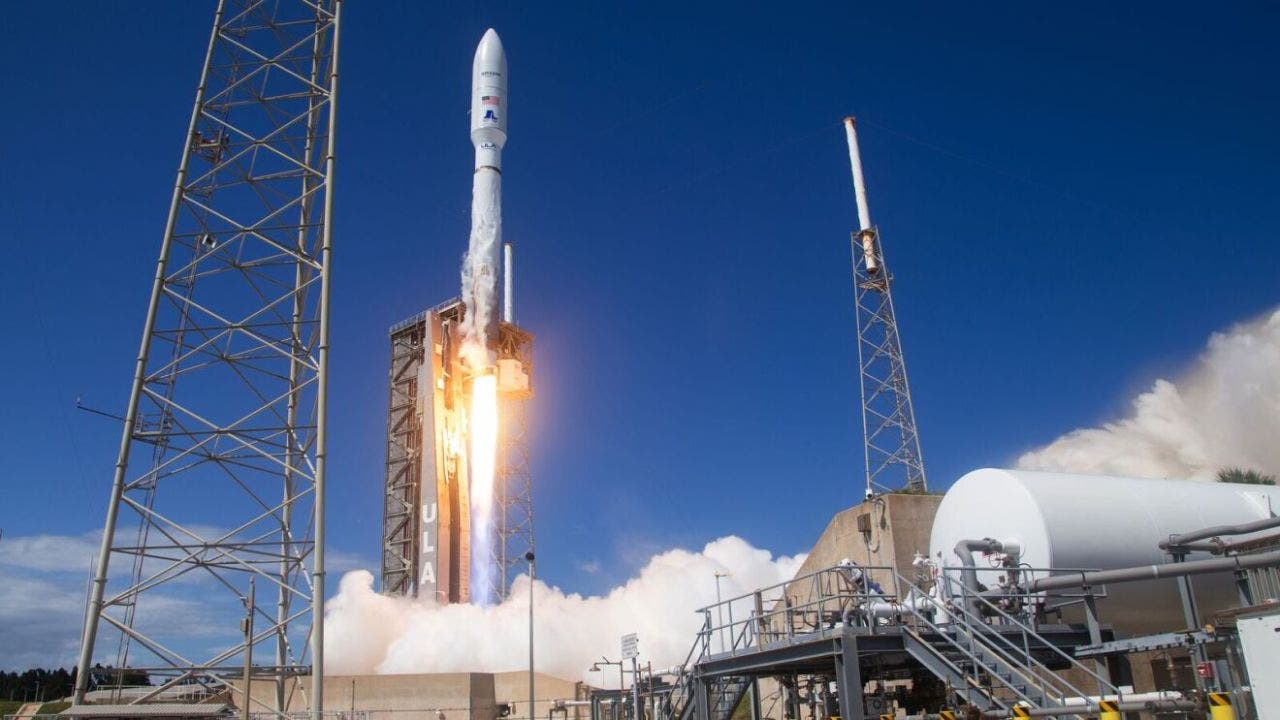Amazon takes on Elon Musk, launching 27 internet satellites

Imagine being able to access the internet from anywhere in the world, whether you’re in a city or a remote area. For many of us, reliable internet is a given, but for millions, it remains a luxury. That’s why Amazon’s Project Kuiper is making headlines with its ambitious plan to bridge the digital divide.
On April 28, 2025, the project took a monumental step forward by successfully launching its first full batch of satellites into orbit. This mission, named “KA-01” (Kuiper Atlas 1), marked the beginning of Amazon’s journey to deliver fast, affordable internet to underserved communities and remote regions worldwide.
The KA-01 mission deployed 27 advanced satellites into low Earth orbit at an altitude of 280 miles (450 kilometers). This launch transitioned Project Kuiper from prototype testing to full-scale deployment. Each satellite was equipped with state-of-the-art technology, including phased array antennas for high-speed data transmission, advanced processors, electric propulsion systems for orbit adjustments, and optical inter-satellite links to enable seamless communication between satellites.
In addition to their technical sophistication, the satellites featured a unique dielectric mirror coating designed to scatter sunlight and reduce their visibility from Earth, a thoughtful innovation aimed at addressing concerns by astronomers about light pollution.
To carry out this historic mission, United Launch Alliance (ULA) launched its Atlas V rocket in its most powerful configuration. The KA-01 payload was the heaviest ever flown on an Atlas V rocket. The launch vehicle included five solid rocket boosters alongside its main booster and a massive payload fairing measuring 77 feet in height and 16.4 feet in width.
Following the recent launch, ULA managed the initial deployment sequence from its Advanced Spaceflight Operations Center at Cape Canaveral Space Force Station in Florida. Once the satellites separated from the rocket, control was transferred to Project Kuiper’s mission operations center in Redmond, Washington. Each satellite underwent a series of automated steps to activate onboard systems and began using electric propulsion to ascend to its final orbital altitude of 392 miles.
The ultimate goal of KA-01 was not just deployment but to establish end-to-end network connectivity. This involves transmitting data through ground stations to satellites and back to customer antennas, a process that will enable high-speed internet service across even the most remote locations on Earth.
The successful KA-01 mission was just the beginning for Project Kuiper. With more than 80 launches secured across multiple providers, Amazon is ramping up satellite production and deployment rates in preparation for delivering service later this year. The next mission, KA-02, is already in progress and will also use a ULA Atlas V rocket launched from Cape Canaveral.
Amazon’s Project Kuiper and SpaceX’s Starlink are at the forefront of the satellite internet revolution, aiming to provide high-speed connectivity to underserved and remote areas. While both systems share similarities, such as using low Earth orbit satellites for reduced latency, they differ in key aspects like satellite design, pricing, and service goals.
Starlink currently leads in deployment with over 7,000 satellites already in orbit and plans for a constellation of up to 42,000. It offers speeds ranging from 50 Mbps to 250 Mbps for standard plans and up to 1 Gbps for premium users. Amazon’s Project Kuiper plans to deploy over 3,200 satellites orbiting at 311 miles and offer speeds up to 1 Gbps for enterprise users.
It’s still early days for Project Kuiper, but Amazon’s first full-scale satellite launch shows just how serious the company is about closing the connectivity gap. If all goes according to plan, millions more people around the world could soon have access to fast, affordable internet, no matter where they live.



